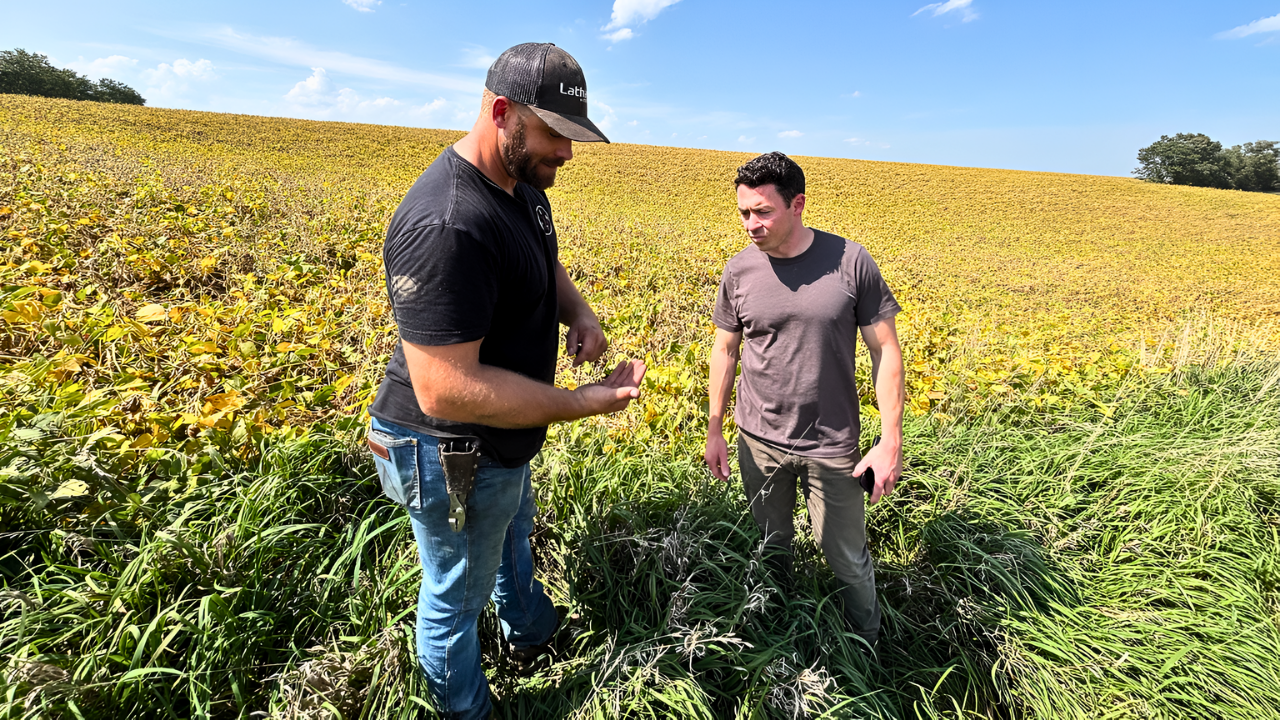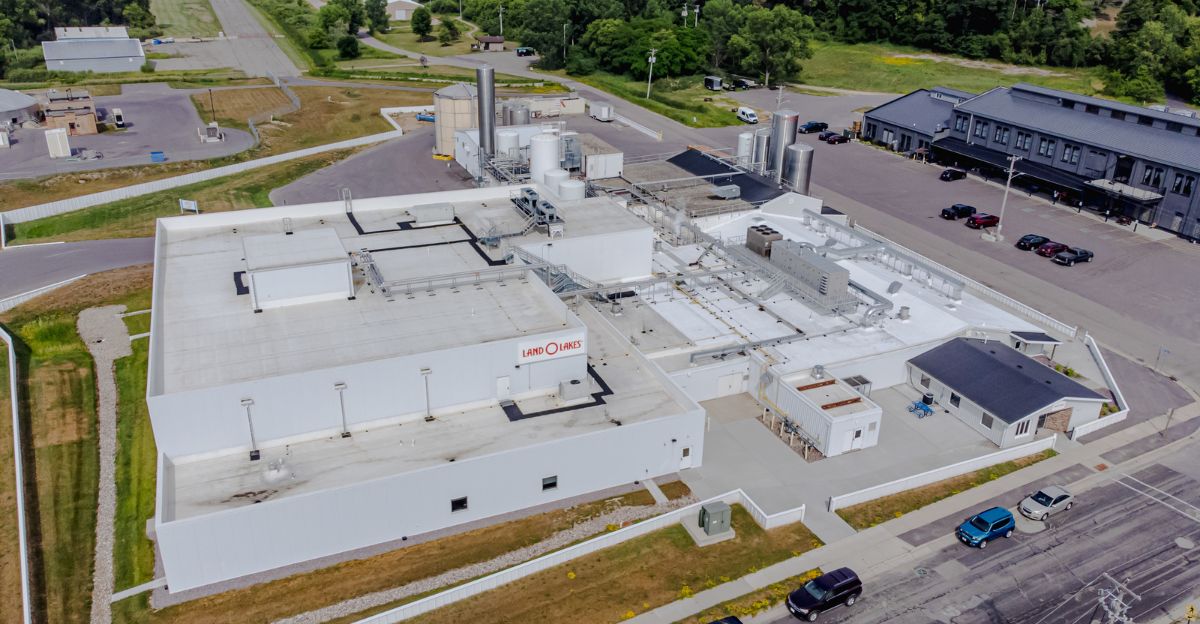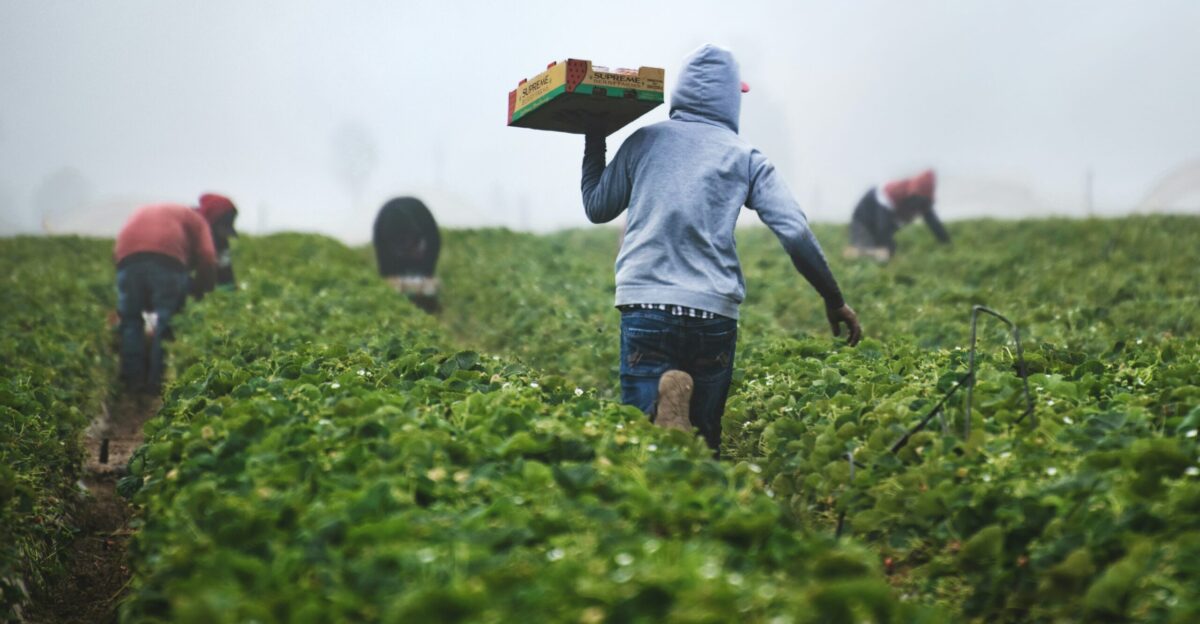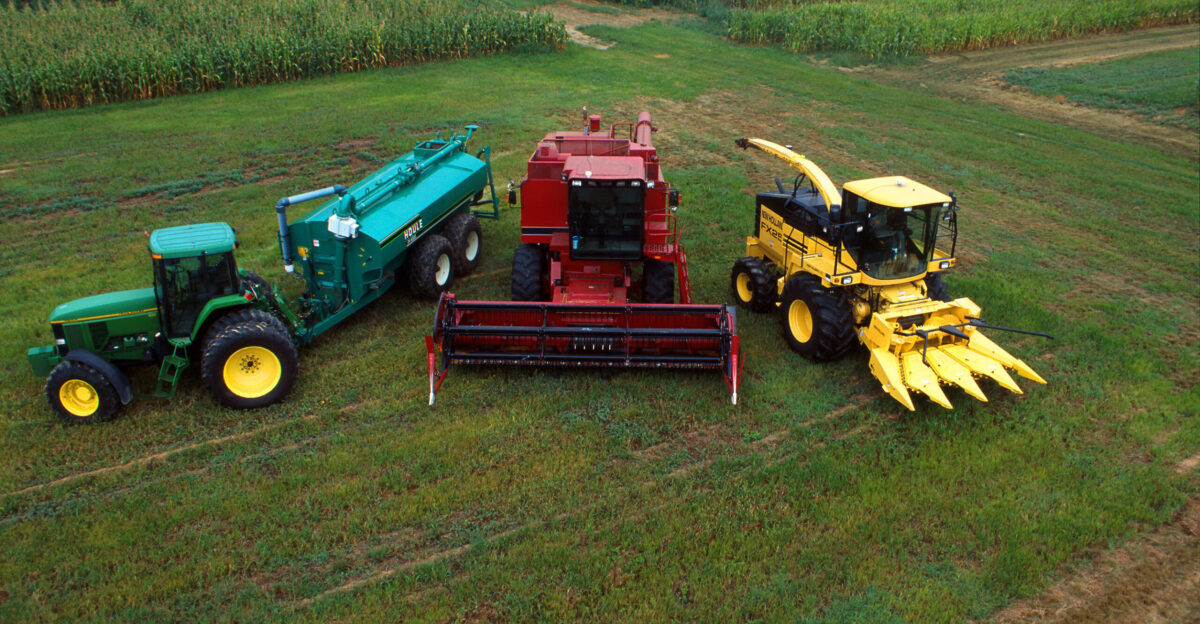
Steel silos stand full across the Midwest, crammed with corn and soybeans that farmers can’t sell for a profit. Grain elevators from Ohio to Iowa are backing up, credit lines are tightening, and a grim statistic looms: Chapter 12 farm bankruptcies nearly doubled in early 2025.
“It feels like déjà vu from the 1980s,” said Ryan Loy, an agricultural economist at the University of Arkansas. “We’ve already surpassed last year’s filings in the first quarter alone.”
Behind the surge lies a chain reaction that began with trade tariffs and has spread through every layer of the agricultural economy—from exports and equipment sales to rural employment and household budgets.
Tariffs and Retaliation Shake Global Markets

In February 2025, President Trump launched a new round of tariffs, starting with 10% on Chinese goods and doubling to 20% within a month. Beijing retaliated with its own duties aimed squarely at the heart of U.S. agriculture—soybeans, the country’s top farm export.
By spring, China, the world’s largest soybean buyer, had halted U.S. purchases altogether. Within weeks, the market that once absorbed nearly two-thirds of American soybean exports vanished. According to the Federal Reserve Bank of Minneapolis, the resulting supply glut left producers across the Midwest “deeply uncertain about how long they can last without access to trade routes.”
The cost differential was stark: with combined duties reaching 34%, U.S. soybeans became roughly $2 per bushel more expensive than their South American counterparts. Brazil and Argentina quickly filled the vacuum—Brazil exporting a record 63.7 million tons and Argentina up 31.8% year-over-year. By October, American farmers had forfeited an estimated $5.7 billion in lost sales, while the national agricultural trade deficit swelled to $49 billion, a record high.
Supply Glut Meets Crumbling Infrastructure

This year’s U.S. soybean harvest reached a projected 4.3 billion bushels, averaging 53.5 bushels per acre, even as export demand disappeared. Corn hit a record 16.7 billion bushels, overwhelming storage facilities and forcing some farmers to pile grain outdoors under tarps.
“We’re out of room,” said Linda Kruger, who farms near Cedar Rapids, Iowa. “Trucks are lined up because the processors can’t take more.”
ADM and other grain handlers temporarily idled plants to manage excess supply. With soybeans trading below breakeven in September, the strain on rural economies turned acute. Chapter 12 bankruptcies soared 96% in early 2025, and the USDA estimated that up to a third of farmers in some states could face insolvency.
Meanwhile, the crisis rippled through ancillary industries. Tractor and combine sales plunged, falling 8% and 40% respectively by September. Manufacturers including AGCO, CNH Industrial, and John Deere reported double-digit revenue declines. “Uncertainty is paralyzing,” said Sean McAllister of the Farm Equipment Dealers Association. “Farmers are holding off on purchases until they know what Washington’s next move is.”
From Family Farms to Food Prices

As farmers struggle, consumers are feeling the effects. Food-at-home prices rose 2.7% year-over-year in August, with beef and dairy recording some of the steepest increases. Beef prices jumped 13%, driven by earlier droughts and higher feed costs, despite an abundant corn harvest.
The mismatch between declining farm income and climbing grocery prices has become a critical point of tension. “Consumers assume that cheap crops mean cheap food, but the economics don’t work that way anymore,” explained Dr. Ellen Warren, a food policy analyst at Cornell University.
Corporations are adjusting too. Land O’Lakes recently folded its Truterra sustainability division after a USDA climate grant was cut from $96 million to $15 million, cutting about 30 positions. Agribusiness restructuring is expected to accelerate as companies confront shrinking margins and reduced federal assistance.
Across the country, rural banks are tightening credit as farm debt climbs to $561.8 billion, the highest on record. Interest expenses have surged 73% since 2020, and new operating loans now carry rates between 7% and 9%, deepening the financial squeeze.
Uncertain Recovery and the Road Ahead

Federal relief has lagged. The October 1 government shutdown delayed billions in aid, freezing low-interest loans and farmer assistance programs. The USDA has since released $3 billion from the Commodity Credit Corporation, but total estimated aid needs range from $35 billion to $50 billion.
With only $4 billion currently available under congressional limits, many question whether federal intervention can keep pace. Representative Shontel Brown of Ohio warned that tariffs are “hurting farmers and communities across America,” pressing for renewed trade talks with Beijing.
Globally, the U.S. now faces stiff competition: Brazil’s soybean exports are projected to exceed 102 million metric tons this year, capturing 65% of China’s market. As American farmers lose ground, experts warn of long-term structural changes that could redefine global agriculture.
“Markets don’t stop and wait for policy,” said economist Ryan Loy. “If buyers find reliable suppliers elsewhere, rebuilding those relationships takes years.”
For communities across the Midwest, the stakes are both economic and cultural. The silos standing full along quiet country roads have become symbols of resilience—and warning. Whether the coming season brings relief or realignment, the crossroads facing American agriculture may determine the rural economy’s trajectory for a generation.